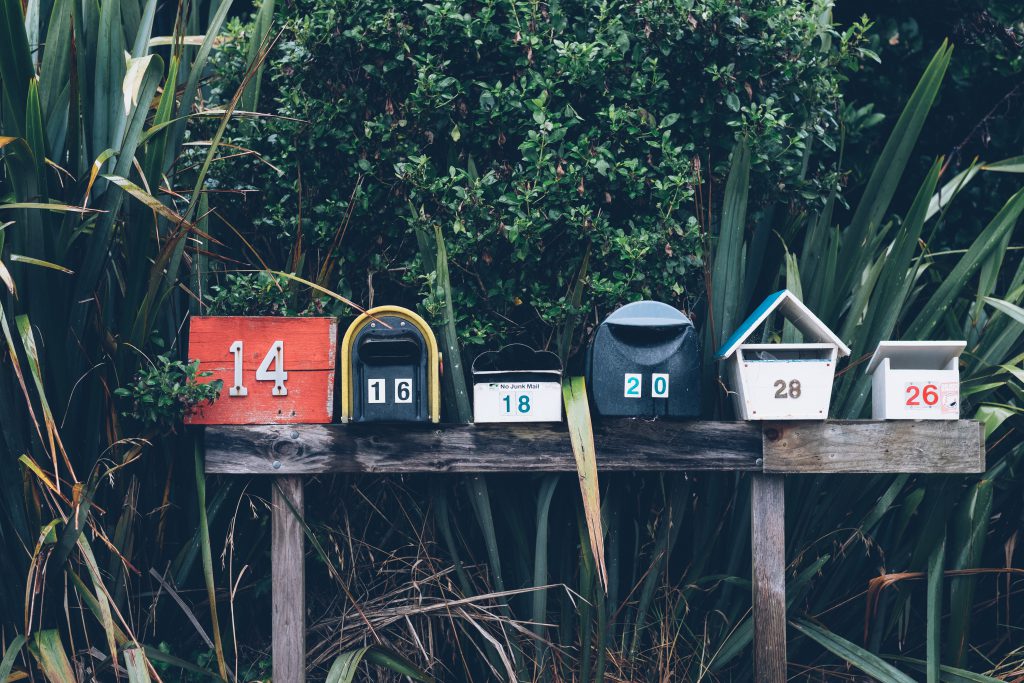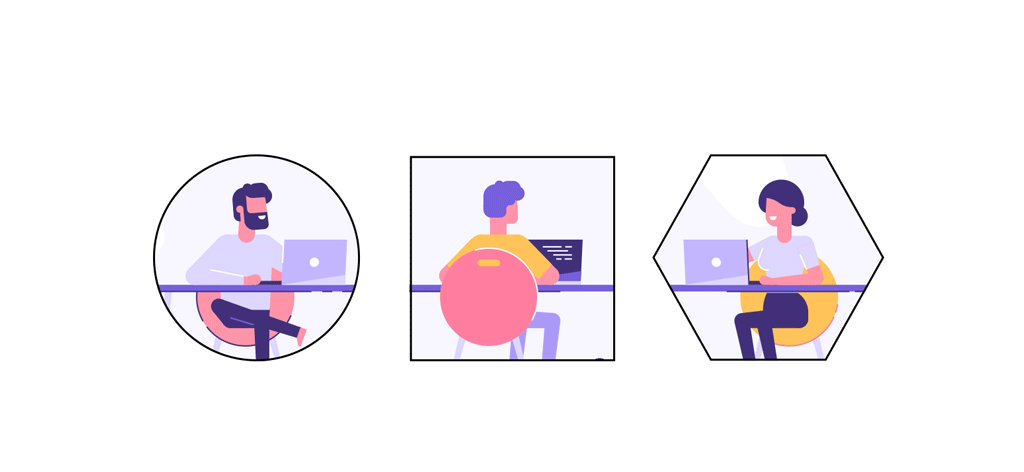A concern that pops up time and time again working in the social and digital space is the ability of agencies or creative outfits to respond to the rapid pace of change online.
We’re not talking about pivoting to implement new products from Instagram or changes to the Facebook Ads Manager. We’re not even talking about the rollout of the
We’re talking about something much-less-sexy; uncovering insights and learnings from digital results and the delay in converting these insights into new creative directions.

In a traditional client-agency-media model, the media buying agency uncovers valuable audience learnings from the data they monitor. What placements and messages are resonating, and what aren’t? Which formats or lengths are getting the most interaction, or the least? Which demographics or audience segments are most or least engaged with your campaign? Or, most likely, a mixture of all these and more.
The media buyer might provide updates to the client – weekly, fortnightly, monthly, or maybe just once or twice. The client might even pass these on to the creative agency, or they may all sit down together for regular WIPs. But no matter how regularly these communications occur, there’s a lag and discrepancy between the valuable insights and ongoing creative optimisation.
The media agency knows what’s working (let’s remain positive, here), but the creative agency is disconnected from the process.

We’re all working with partners who are geographically remote. It’s quite possible these communications happen entirely via email, simply sharing spreadsheets and charts with a few lines of pointed insight. In these cases, updates and changes can go through a dozen back-and-forth emails before a new direction is found, or
Then

To combat this delay, and ensure that learnings from live campaigns are translated directly into improved creative messaging, our optimisation team sits with our creatives and strategy department. A creative literally looks over the shoulder of the performance manager with a strategist, querying the results and identifying the common elements of what works and what doesn’t.
There’s no delay. The insights are delivered to the client with an action plan, or even a fresh suite of optimised messaging. Underperforming messages are cut, edited, refreshed, repositioned. Underperforming formats are questioned – “do we even need to use these in our media mix?” Campaigns are optimised on a continuing basis, delivering stronger results for the brand.
And, perhaps most importantly, our partners don’t pay valuable dollars for people to wait for emails.
